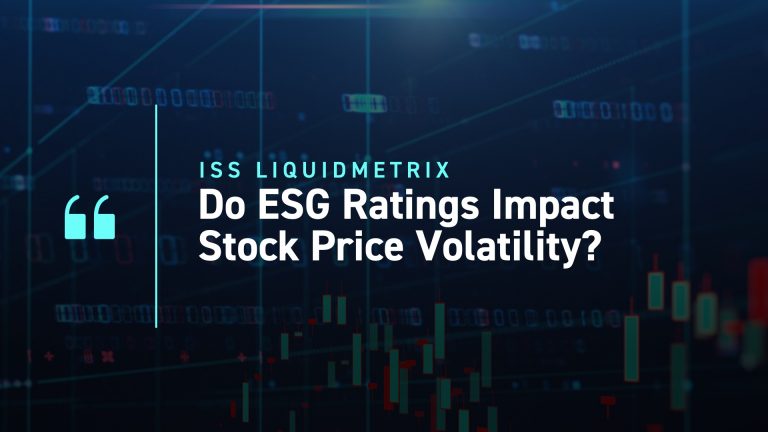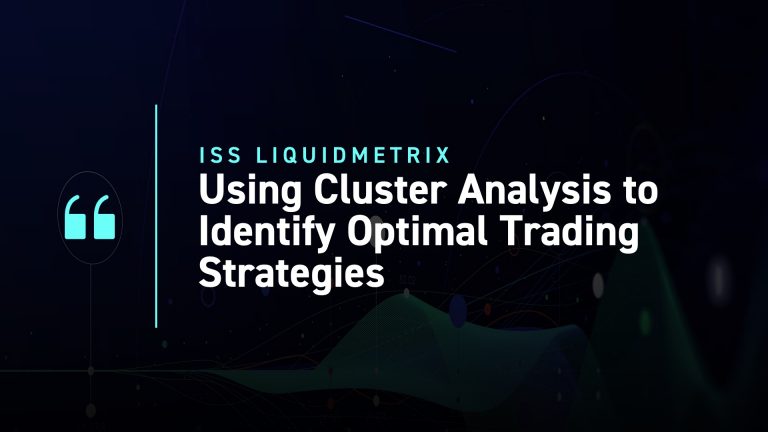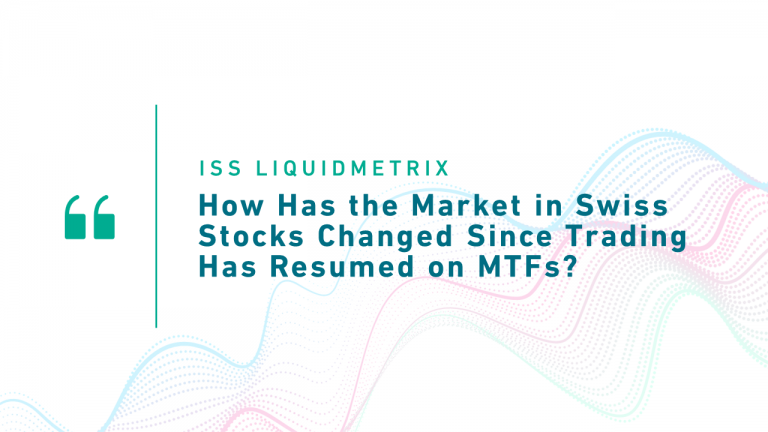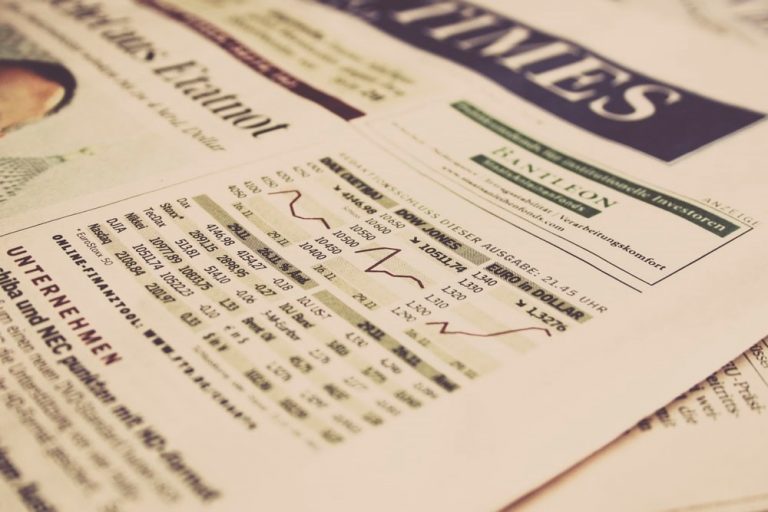
ISS LiquidMetrix Expands Relationship with FlexTrade to Deliver Pre-Trade Planner Service
LONDON (September 7, 2023) – ISS LiquidMetrix, an independent provider of Transaction Cost Analysis (TCA) and a unit of Institutional Shareholder Services (ISS), today announced





